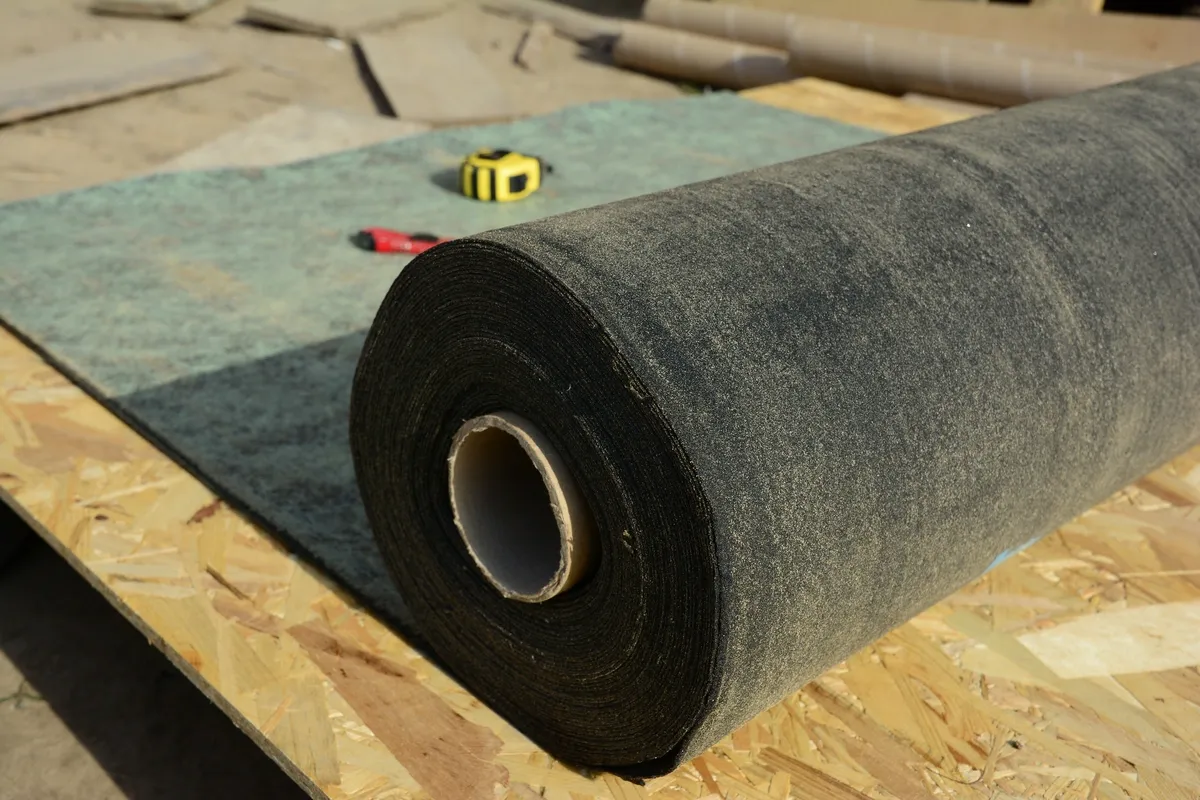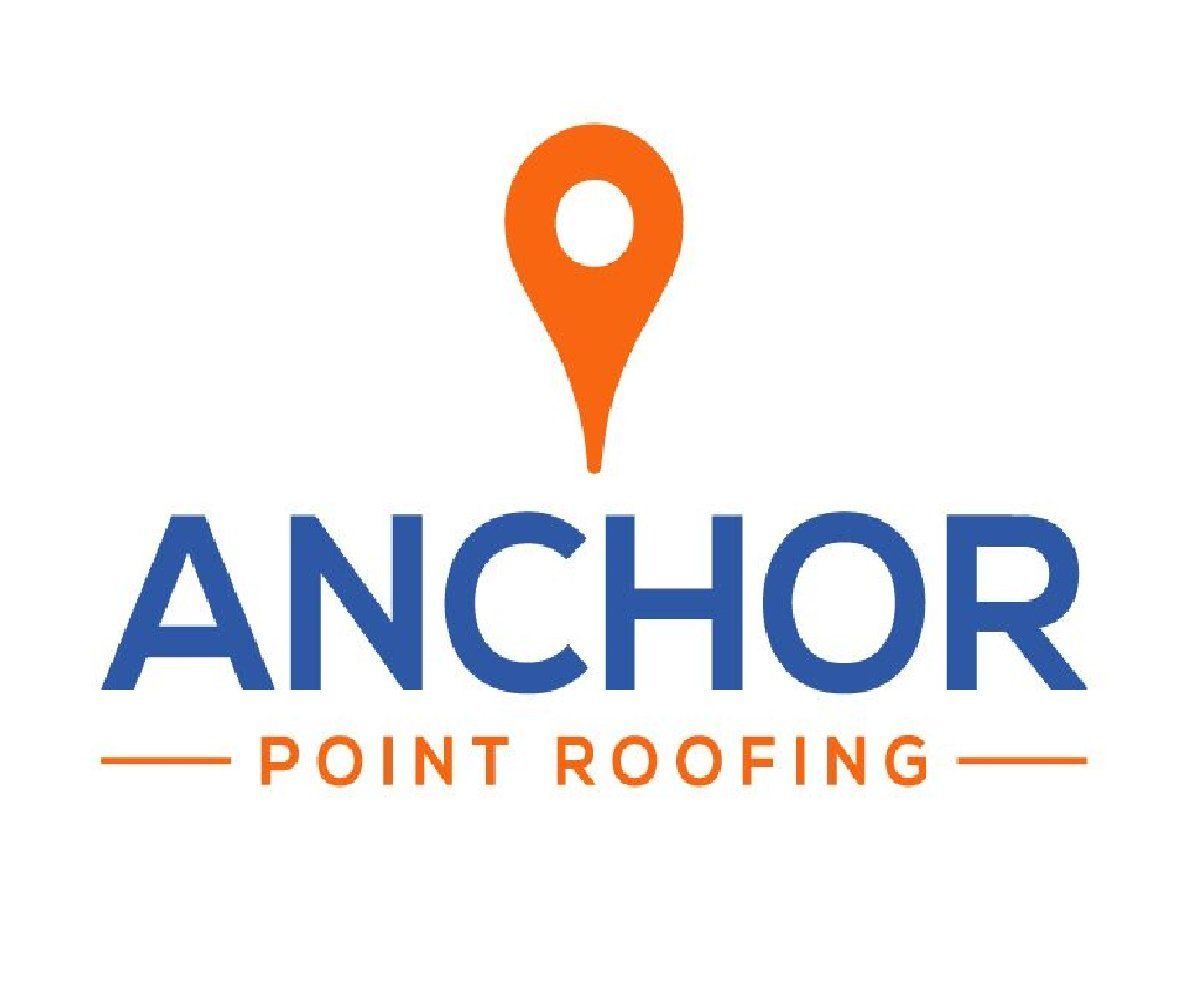About The Author
ANCHOR POINT ROOFING
As a commercial property owner, it’s important to keep your building (and roof) in good shape. While it’s common for property owners to ignore roof maintenance, it’s crucial to routinely check on your roof to ensure that there are no leaks and when there are, hire a contractor quickly to handle the flat roof repair. Not only will this help you identify any issues quickly, but it will help you avoid expensive repairs from letting issues grow.
If you’ve ever ventured to the top of your business’s roof, you probably noticed there is a lot more going on than your standard asphalt roof. There’s vents, cables, maybe a HVAC system, not to mention the roofing system itself which is far more than just a roll of plastic.
So what do you do when there is damage to your roof?
Plenty of people are handy enough to handle a standard asphalt roof repair, but flat roofs are completely different. That’s why we’re breaking down everything you need to know about flat roof repair starting from what flat roofs are, their cost, and of course the process of repairing them.
WHAT IS A FLAT ROOF?

The average property owner isn’t particularly well-versed in different roofing styles. If this is the first time that you are hearing about a flat roof, you are not alone! So, what exactly is a flat roof?
Most residential homes have a sloped roof. The natural angle of these roofs allows them to shed water and snow easily. While a flat roof may not have a noticeable slope, it does have a slight angle to it, which allows water to drain from the surface of your roof. Flat roofs are designed to:
- Prevent standing water
- Increase building insulation
- Provide storage space for your HVAC system
FLAT ROOF PROS AND CONS
A flat roof has many benefits, but there are certainly some challenges that come with it. If you have a flat roof or are planning to purchase a property that has an existing flat roof, here are some of the pros and cons that you should be aware of.
✅ PROS
- Affordable – Disclaimer: any roof system, whether it is residential or commercial, will be a significant investment. However, in the grand scheme of things, flat roofing systems are a relatively affordable type of roofing. Not only are the installation costs low, but flat roof repairs tend to cost significantly less than for a traditional sloped roof.
- Energy Efficiency – Flat roofs typically are significantly more energy efficient than sloped roofs. This is particularly useful for larger buildings and can help you save lots of money on heating and cooling bills.
- Space Saver – When you have a commercial building, you constantly try to maximize interior space. A flat roof is an unexpected way to make the most of the space you have. Most people use this extra storage space to house their HVAC units. This has the added benefit of making it easy for your HVAC professional to access your system.
❌ CONS
- Lifespan – Flat roofs are designed to last for around 20 years before needing to be replaced. In many ways, this is comparable to an asphalt shingle roof. The trouble is that flat roofs tend to need repairs much more frequently than a traditional sloped roofs. This means that a 20-year lifespan may not be quite as long as promised.
- Weather Resistance – Flat roofs are more susceptible to damage from weather conditions than other types of roofs. Depending on the type of flat roofing materials used, you are likely going to see pooling water, and snow and ice build-up, at some point in time.
UNDERSTANDING FLAT ROOF MATERIALS
Unlike sloped roofs, flat roofs lack the natural drainage that helps water run off. Instead, they rely on specialized materials and construction methods to prevent water from pooling and causing leaks. Familiarizing yourself with the components of a flat roof, including the roof deck and waterproofing membranes, lays the groundwork for effective repairs.

COST OF A NEW FLAT ROOF
There are a large variety of flat roofing materials available on the market, each with its own unique pros and cons. If you are thinking about a flat roof replacement, it is a good idea to educate yourself on the different types of flat roofs available to you. Here are some of the most popular types of flat roofs.
TPO ROOF
TPO Roofing (an abbreviation for thermoplastic polyolefin) is a type of single-ply roofing material. It is characterized by its bright white color, which can be visually unappealing to property owners. TPO arrives in a rolled sheet, which is then unrolled and installed on your roof. It is known for being particularly effective in diverting UV rays and keeping your building energy efficient.
BUILT-UP ROOFING
Built-Up Roofing, or BUR, is another common type of roofing material. BUR roofing is a very durable form of roofing material made from layers of asphalt and ply sheets. BUR roofing has been used for decades and is highly trusted, and helps prevent water damage to the interior of your building by providing multiple layers of protection.
MODIFIED BITUMEN ROOF
Modified bitumen is a more modern alternative to BUR roofing. Modified bitumen is made of asphalt combined with rubber or plastic. Modified bitumen is known for being one of the most flexible flat roofing materials, which makes it an optimal choice for buildings located in climates with changing temperatures.
EPDM ROOF
EPDM roofing is another type of single-ply roofing material. It is widely thought of as being one of the most durable roofing materials on the market. It is also a very cost-effective type of roofing material, making it a hugely popular choice for building owners.
SIGNS OF A DAMAGED FLAT ROOF

Do you suspect that your don’t know what to look for? Before you schedule your flat roof repair, it can be helpful to know exactly what a flat roof problem looks like. Here are some of the major signs that you are dealing with a damaged flat roof.
- Roof Leaks – Are you noticing a leak in your building’s ceiling? There’s a good chance that you are dealing with flat roof leaks. Left untreated, even a small leak can cause major water damage to your home.
- Water Stains – If brown and yellow stains are forming on your interior walls and ceilings, they are likely water stains and could indicate that you have water leaking in from your roof.
- Pooling Water – A fully functioning flat roof is designed to help water evaporate quickly. After heavy rainfall, it is not unusual for puddles to form. However, if they are not drying within 24 hours, you may need to start looking into your flat roof repair options.
- Ripped Membrane – One of the most common signs of damage to flat roofs is the roof membrane getting ripped. Luckily, if the damaged area is small enough, this can be easily repaired.
- Cracks – Cracks are a common sign of damage in TPO roofs. Even small cracks can allow water to seep through the layers of your roof and create water damage inside.
- Bubbling – If you are looking for signs of interior damage, it may be a good idea to check your walls. When exposed to excess moisture, walls have a tendency to bubble or bow out.
HOW MUCH DOES A FLAT ROOF REPAIR COST?
The cost of your flat roof repair will change greatly, depending on the type of flat roof materials you use and the size of the damaged area. In general, flat roof repairs cost between $500-$2000.
However, if your roof is more than 15 years old, most roofing contractors will advise you to start looking at a flat roof replacement. Flat roof replacements come in at $20,000-$80,000, depending on the size of the building and the state of the existing underlayment. However, if you are replacing a smaller, residential roof, you can expect to pay closer to $20,000.
ESSENTIAL TOOLS AND MATERIALS FOR FLAT ROOF REPAIR
Before embarking on any repair project, gather the necessary tools and materials to ensure a smooth process. Roofing cement, a versatile adhesive commonly used in flat roof repairs, is essential for sealing cracks and gaps. A paint roller or brush can facilitate the application of roof coating, providing an additional layer of protection against water infiltration. Consider investing in synthetic rubber products designed specifically for flat roof repair, as they offer superior durability and waterproofing properties.
HOW ARE FLAT ROOFS REPAIRED?

The repair process will vary, depending on your flat roof materials. A professional roofing contractor will likely start by giving your building a thorough roof inspection to assess the level of damage. Once the damaged area has been identified, they will either need to patch the area or replace the roofing material. This may be done with either rubber roof patches, roofing cement, or roofing tar.
A GENERAL OVERVIEW OF FLAT ROOF REPAIR STEPS
- Preparation: Begin by clearing debris from the roof surface and cleaning the area to be repaired. Use a broom or pressure washer to remove dirt, leaves, and other obstructions that may impede the repair process.
- Repairing Cracks and Tears: Apply roofing cement generously to any cracks or tears in the roofing membrane. Use a putty knife or trowel to spread the cement evenly and ensure a watertight seal. For larger tears, consider reinforcing the repair with a patch of synthetic rubber material.
- Addressing Ponding Water: If your flat roof is prone to ponding water, consider installing tapered insulation or drains to promote proper drainage. Alternatively, apply a specialized roof coating designed to improve water runoff and protect against future ponding.
- Applying Roof Coating: Once the repairs are complete, consider applying a protective roof coating to extend the lifespan of your flat roof. Use a paint roller or brush to evenly distribute the coating across the roof surface, paying extra attention to areas prone to leaks or damage.
TIPS FOR FLAT ROOF MAINTENANCE
- Roof Inspections – One of the best ways to ensure that your roof is ready to take on environmental damage is to have an annual roof inspection. A roof inspection will help identify potential problems before they start.
- Clear Debris – While it is natural for debris such as leaves and twigs to make an appearance on your flat roof, allowing it to pile up could make your roof’s drainage system less efficient. Cleaning off your roof from time to time will help ensure that it is able to stand up to weather conditions such as heavy rain.
- Shovel Snow – If you live in a climate that experiences heavy snow, you may want to consider taking the time to shovel your roof. Excess weight on your roof from heavy snow can damage your roof system over time.
HIRING A PROFESSIONAL FOR FLAT ROOF REPAIR
While DIY flat roof repair can be rewarding, certain situations warrant the expertise of a professional roofing contractor. If your flat roof requires extensive repairs or if you’re unsure of the best course of action, consulting with a qualified contractor can ensure the job is done safely and effectively. Additionally, professional roofers have access to specialized equipment and materials that may not be readily available to homeowners.
If you’re ready to tackle your flat roof repair, you need an expert roofing contractor on your side. That’s where the team at Anchor Point Roofing comes in. We provide high-quality, reliable flat roof repair services that will keep your roof functioning optimally for years to come. Contact us today to receive a free quote for your flat roof repair!
Share this article :
RECENT ARTICLES





